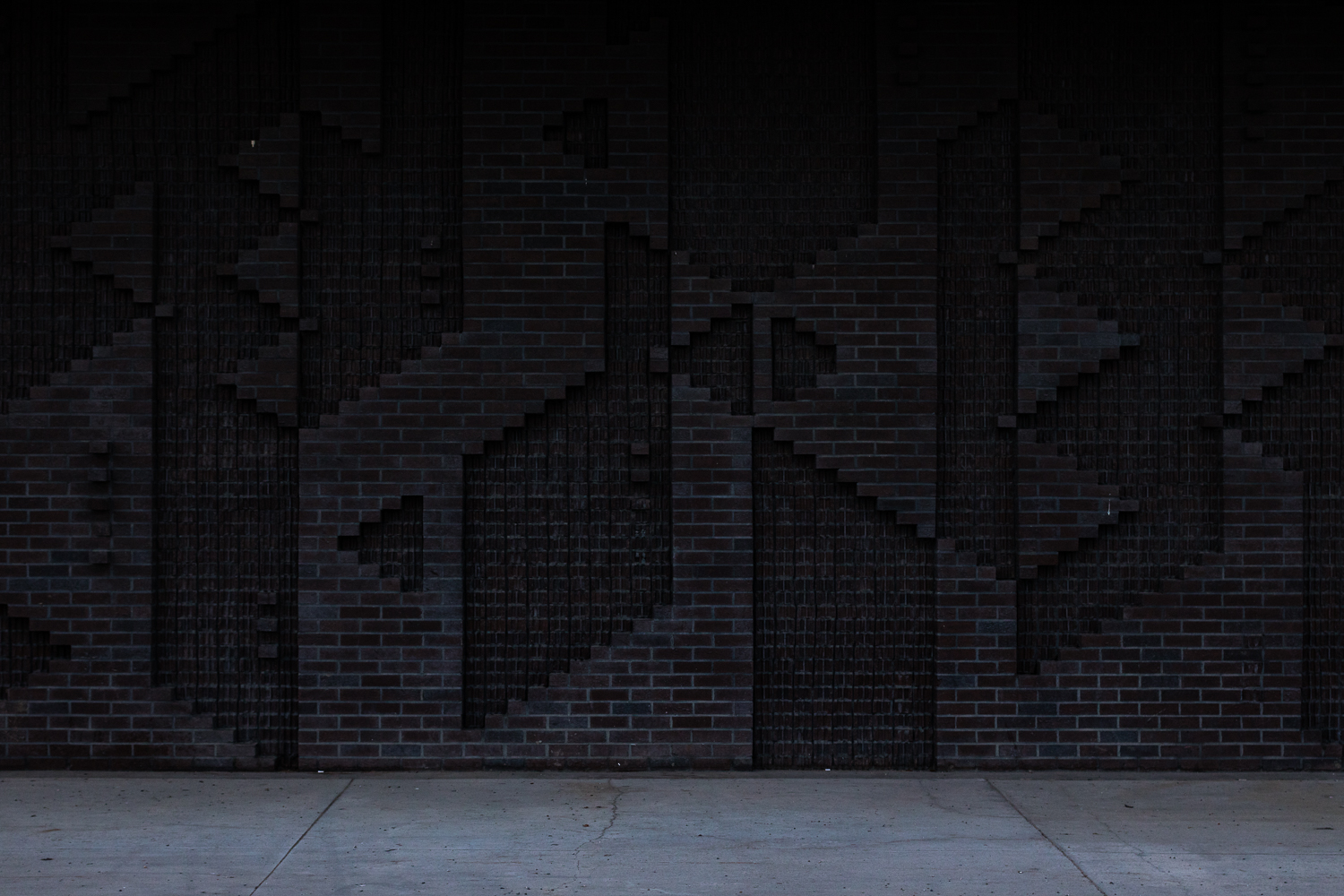Don't mind me as I mull over the lack of non-conceptual photography in gallery exhibits, but do mind some of my new work!
The more I think about this question, the more I realize how loaded of a subject it is to discuss, primarily because of how and why public perceptions of street photography have changed over the years. When street photography was at its prime in the 60s and 70s, not one person would question someone walking outside with a camera around their neck. Even my dad, who immigrated to Edmonton in 1949 and experienced firsthand our bustling downtown, still talks about the street photographers that dotted Jasper Avenue, capturing the locals walking by in their best attire. He confirms that nobody would think twice about them. Edmontonians expected the photographers to be there. Back then, going to downtown was considered a fancy event - people dressed up for it, and I think street photographers elevated that notion even more. I also asked my mom about the scene in 1960s Athens, and she, too, fondly recalls the street photographers who would walk around the squares with their cameras, capturing the denizens and their daily lives without any hesitation.
My dad (left) catching the eye of a street photographer while walking with his cousin down Jasper Avenue in 1950s Edmonton. The photographer is unknown, sadly.
Nowadays, though, feelings have changed radically. In Edmonton, street photographers not only turn heads, but literally cause drivers to stop in the middle of a traffic circle just to ask them what they're photographing. (If you're wondering, yes, that happened to me once and it was equal parts startling and unsettling, because the woman was in an actual traffic circle for goodness sake. Normally, I don't mind when people ask me, as long as they're being polite, and, you know, safe.) People's growing anxieties related to privacy and security have lead them to question street photographers, which is more than understandable when news headlines talk of intrusion, pedophilia, and other such issues. Even if these crimes don't have direct connection to a street photographer specifically, they still make people wonder and worry.
These anxieties do come with a touch of irony, though, since our present society and environment is the most photographed in history. (Hello, Google Earth.) Almost everyone has access to a camera on their mobile phone and takes photos of everything and anything they see, in public and in private. This could be one reason why street photography generally isn't appreciated or viewed seriously - people assume that anyone can do it. This idea, in turn, decreases its value, especially in the fine art world, where opinions on street photos are either muddled or negative. When photography becomes the medium for an artist to express a thought or feeling, it is thought to make sense and is accepted. Yet, when photography is used to show life as it is, it becomes ignored, because it is seen as lazy, lacking substance and purpose. Basically, gallery owners and curators just don't get it.
I think the solutions to all the above misconceptions are simple: education and communication, which should be the responsibility of both the creative and the subject/viewer. Thankfully, the Internet has really helped the work and value of street photographers reach audiences across the globe. There are several online communities, magazines, and websites who work to educate and showcase the importance of this field, and whose efforts seem to be successful among young creatives. There are also many online sources that communicate the laws of street photography, so that both parties are aware of what is legal and what is not, in order to avoid unnecessary conflict.
Back to my question - when does a street photo become art? My opinion on this is short: it's up to the photographer. If the photographer captures a street scene with the intent of it being art, then it becomes so. A street photo could also be presented as fine art if the photographer feels something towards it long after it is captured. However, a viewer of the image can support it as art, too, even if the photographer disagrees. For instance, looking at my street images above, I wouldn't classify every single one as fine art work, but someone else who sees them might. In other words, it's all subjective, but you already knew that!
Technically Speaking
I was able to get my hands on the Sony a7R II mirrorless camera to use on some of my photo walks, and all but 5 of the above images were captured with it. Can you tell which ones? About the camera itself, I love it. Compared to my Canon Rebel T4i, it's a huge step up. What makes it a game changer for me is the elevated image resolution (42.4 megapixels), image stabilization and focal plane (399 points). What I was disappointed with was the size of the 24-70mm lens that made the overall camera bigger than I like it to be for street photography. I guess I could have used its tiny (and may I add adorable) 35mm lens instead. It would have made the camera much kinder on my neck and back, but the zoom lens puts me at ease with its flexibility, which I find I still need at my current skill level.

































